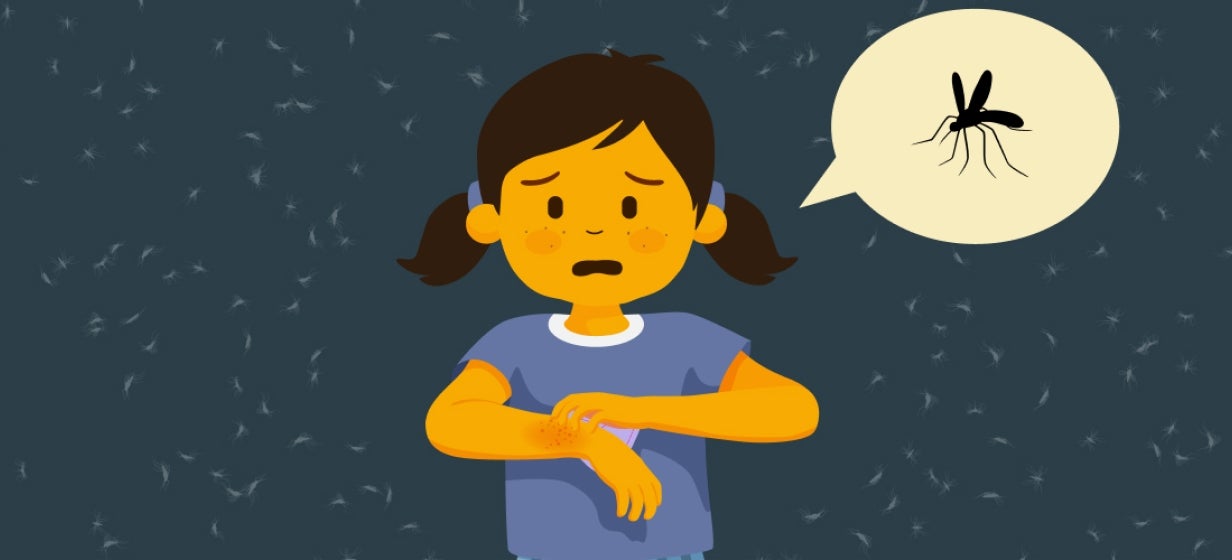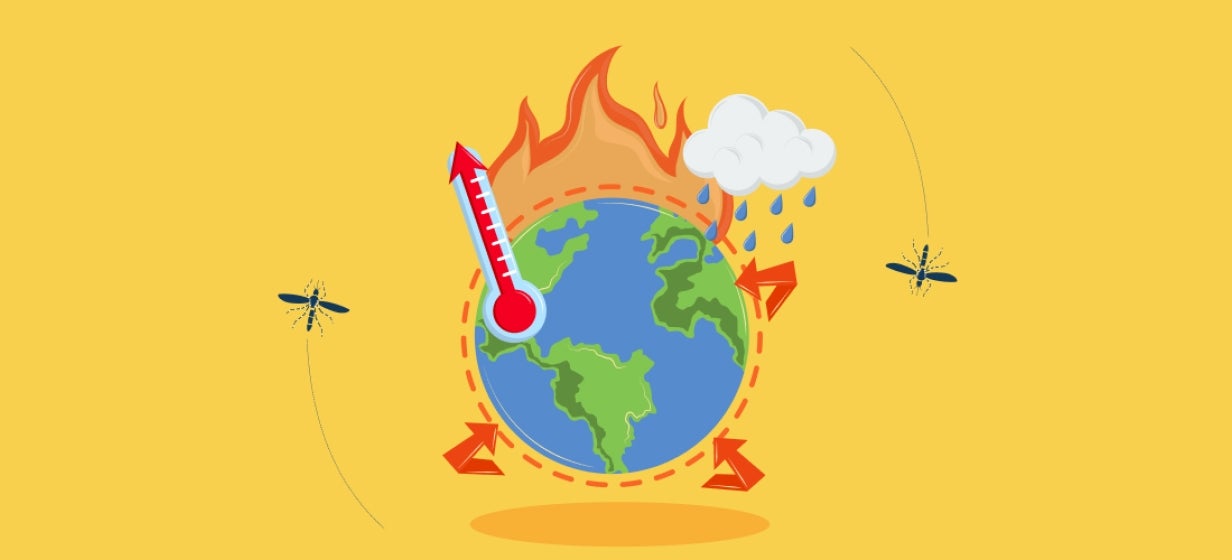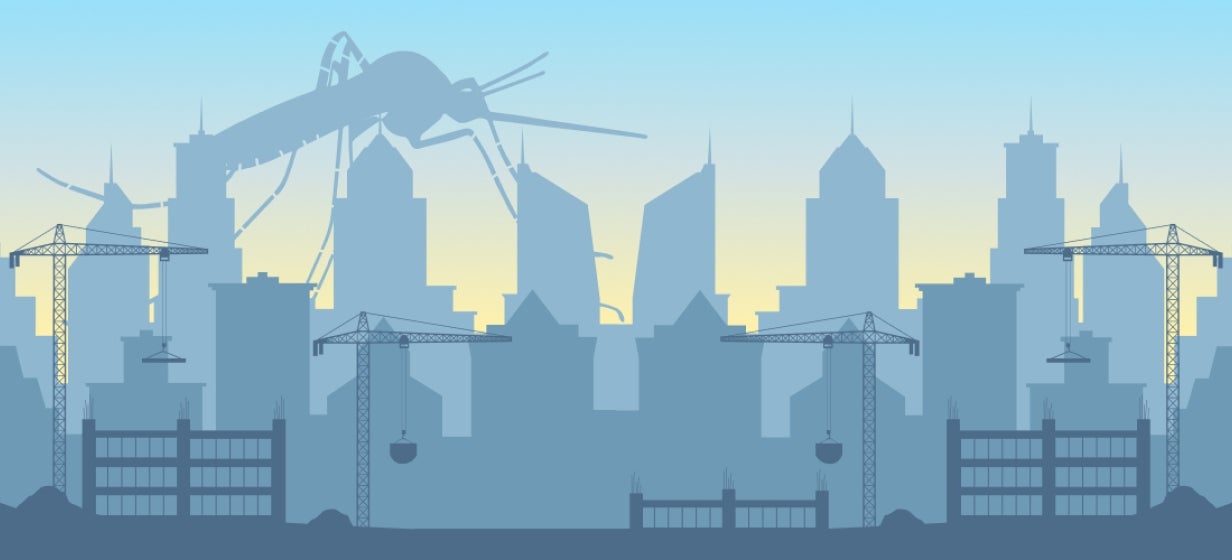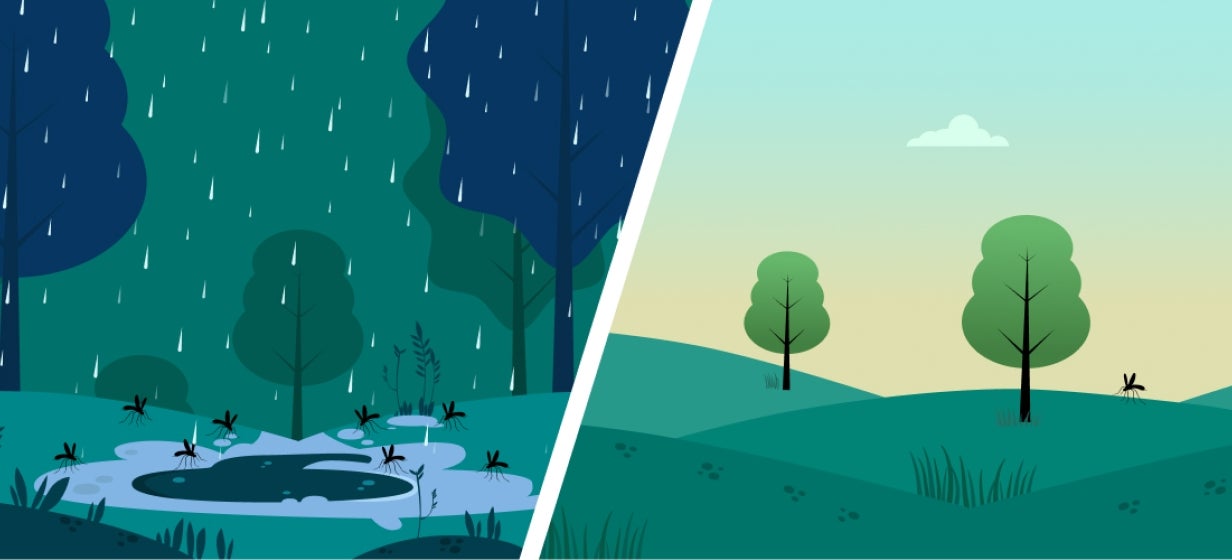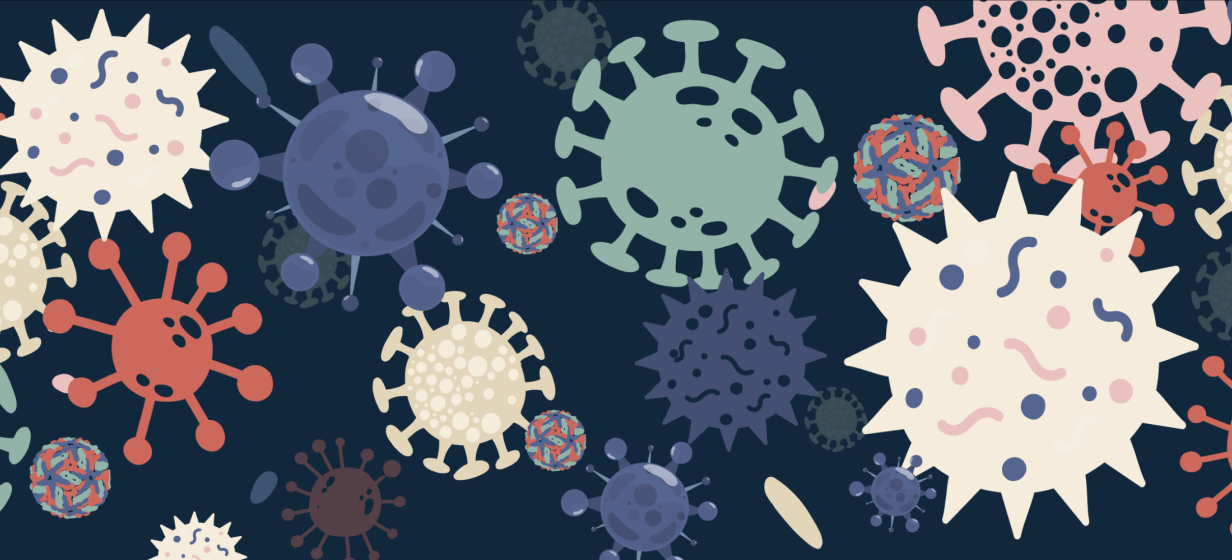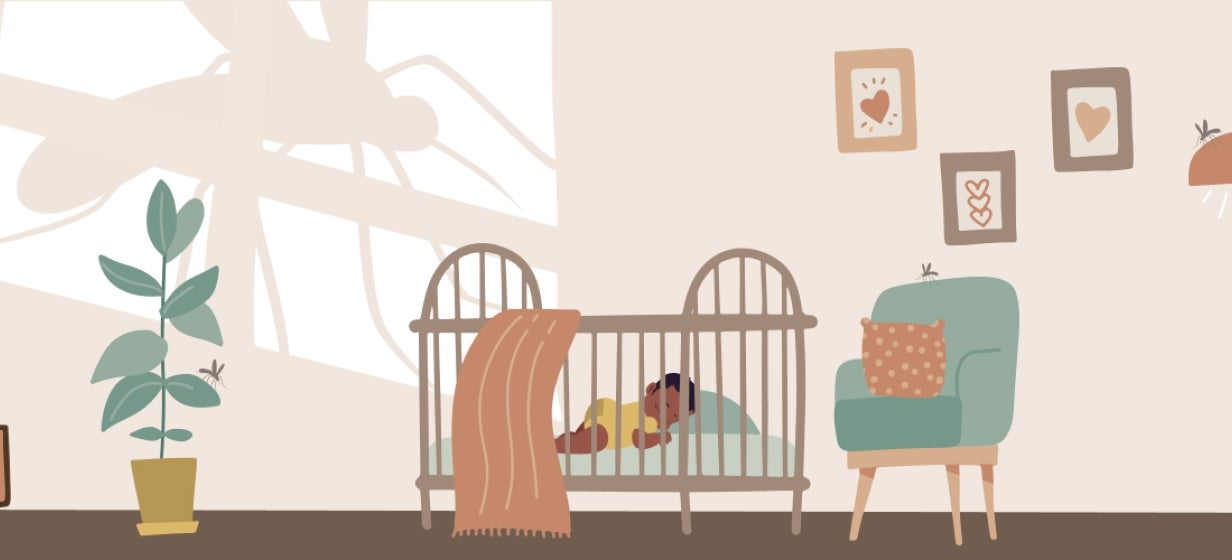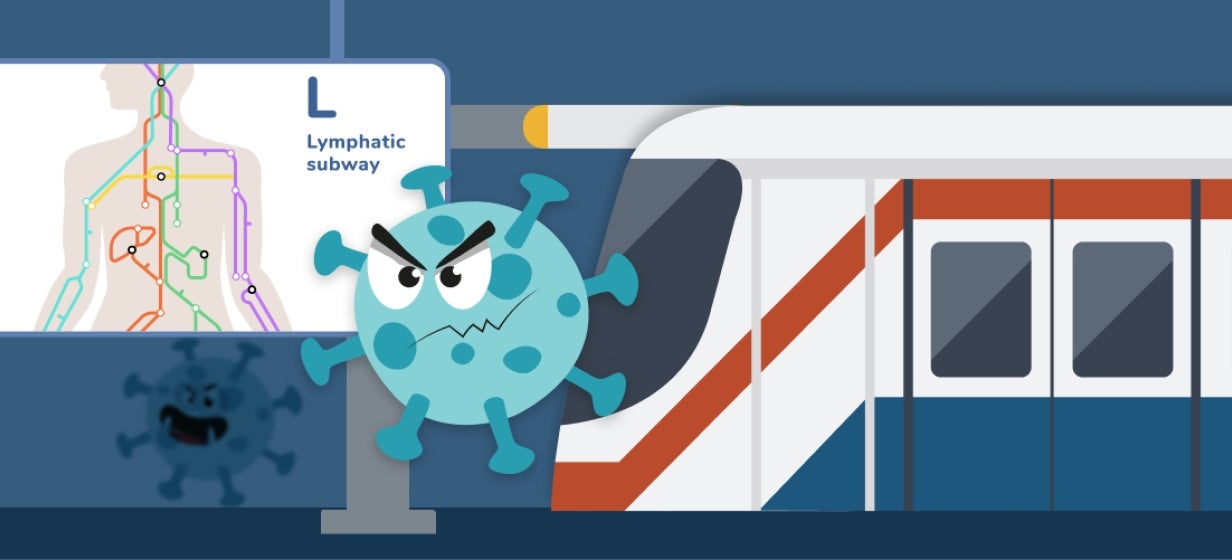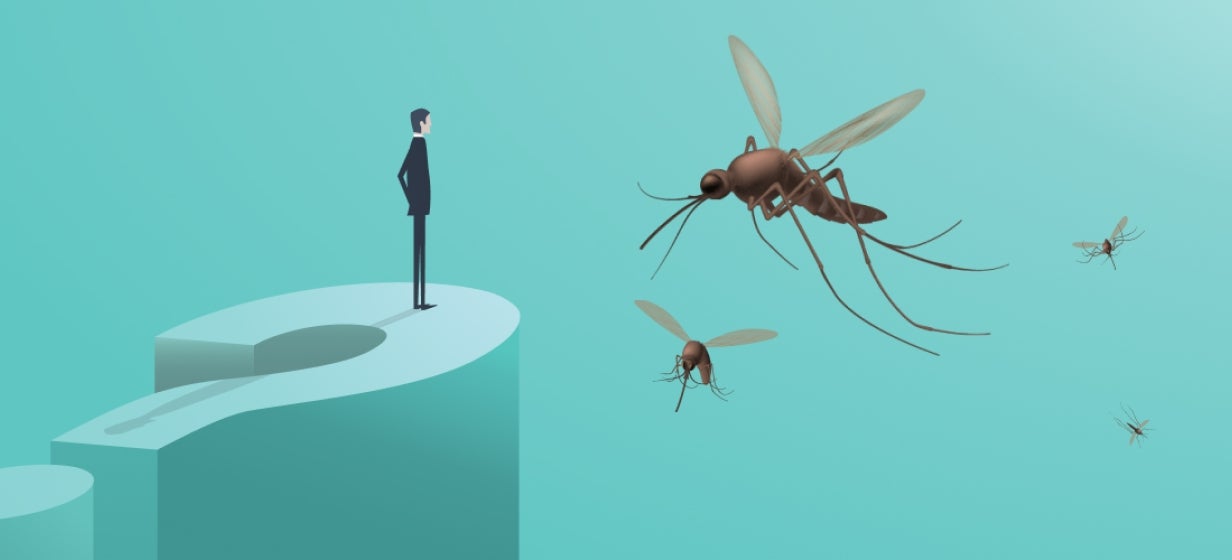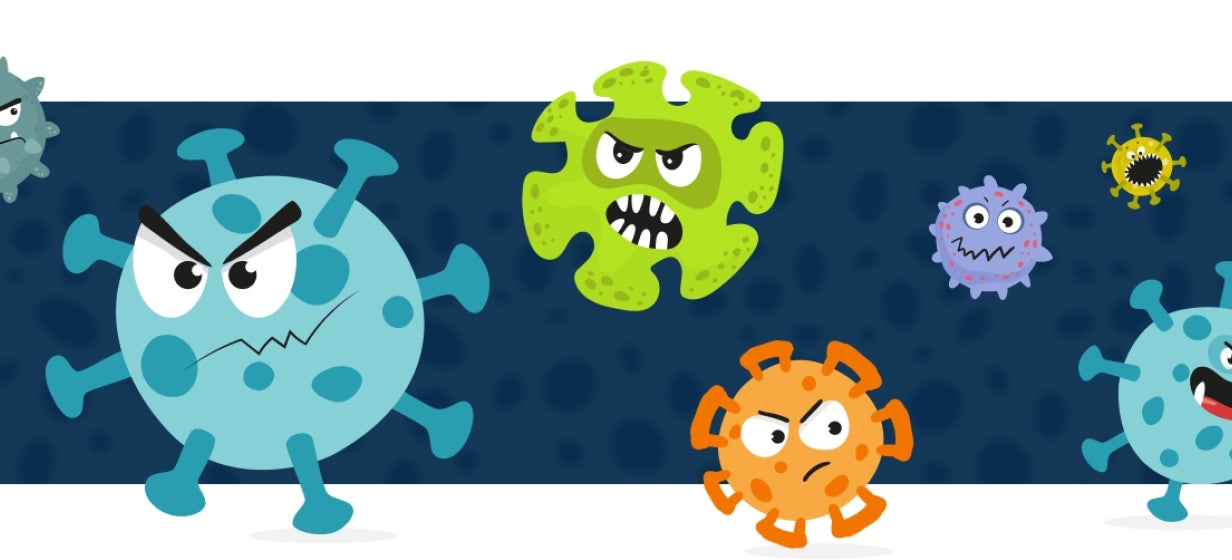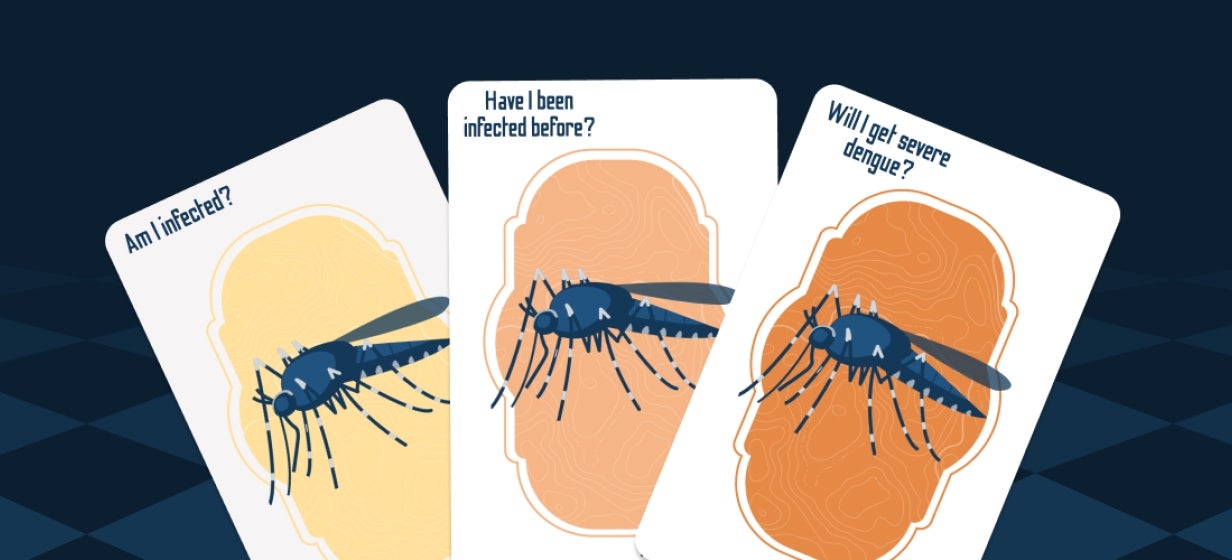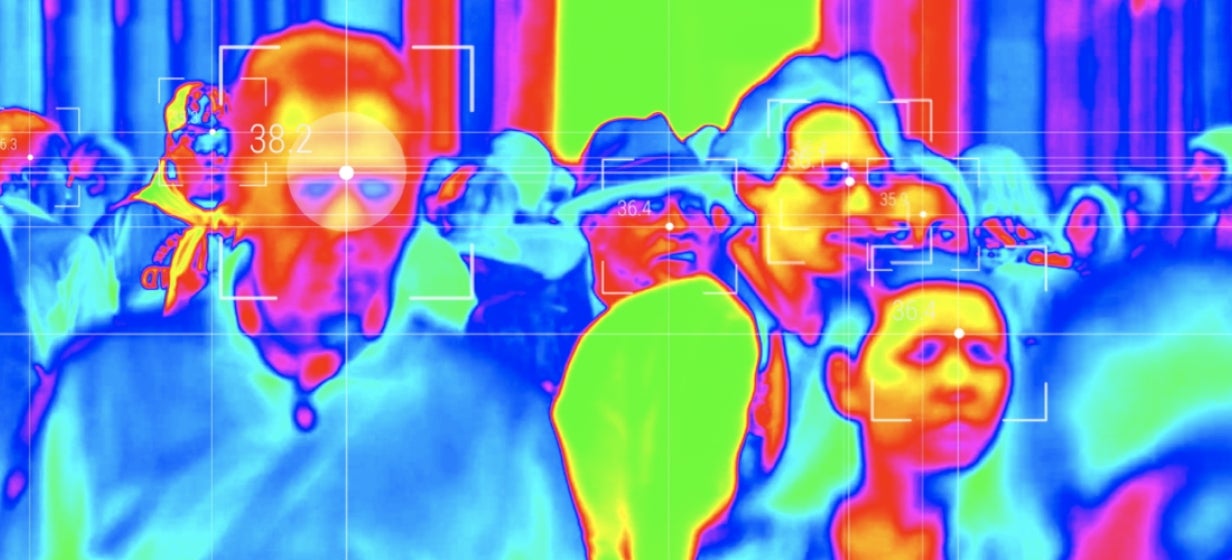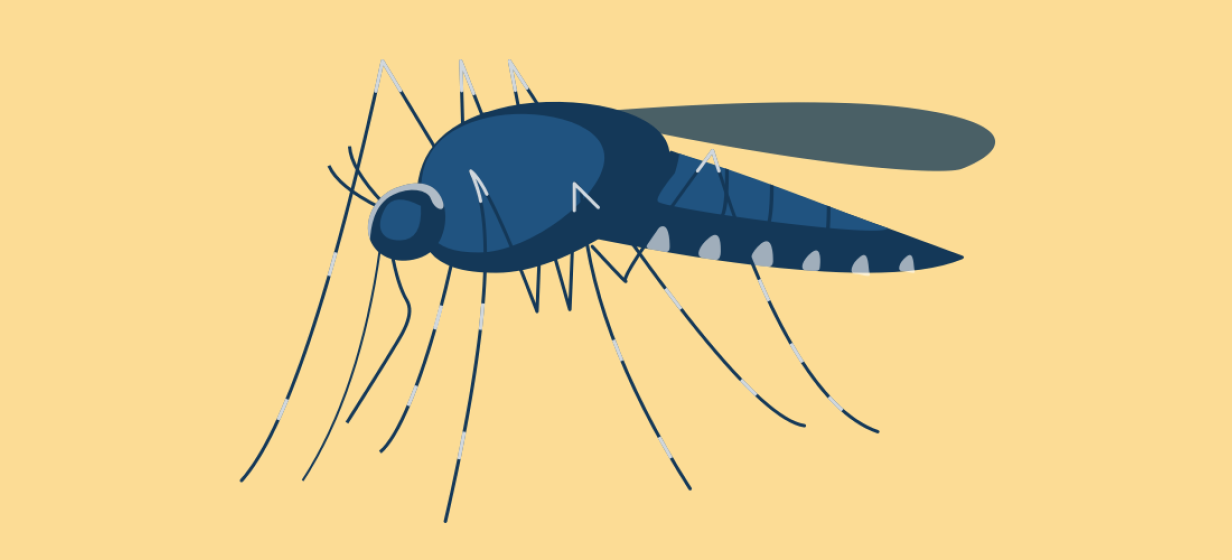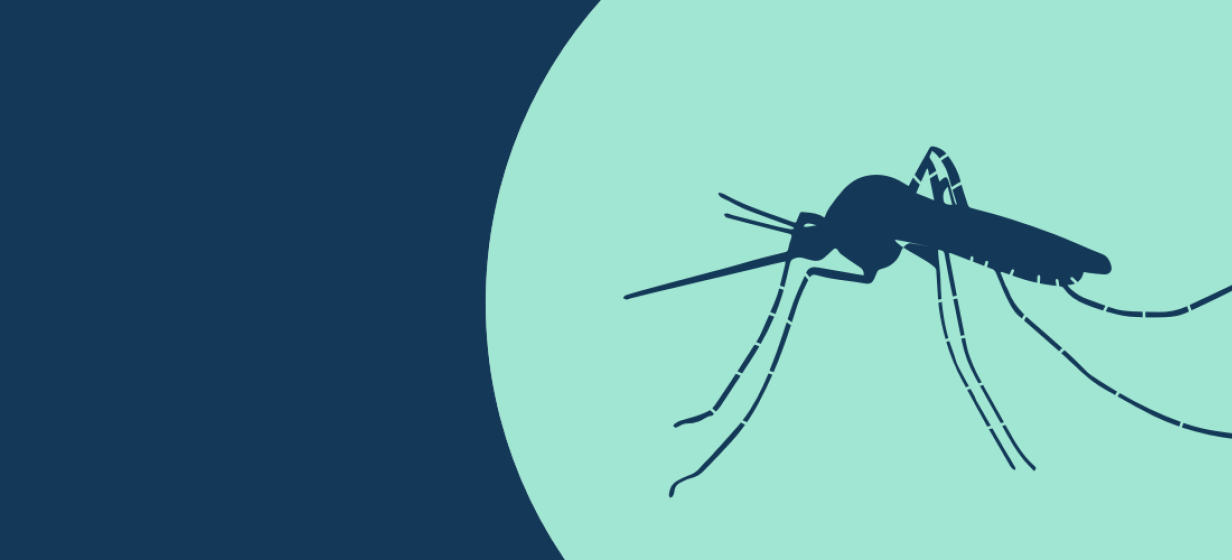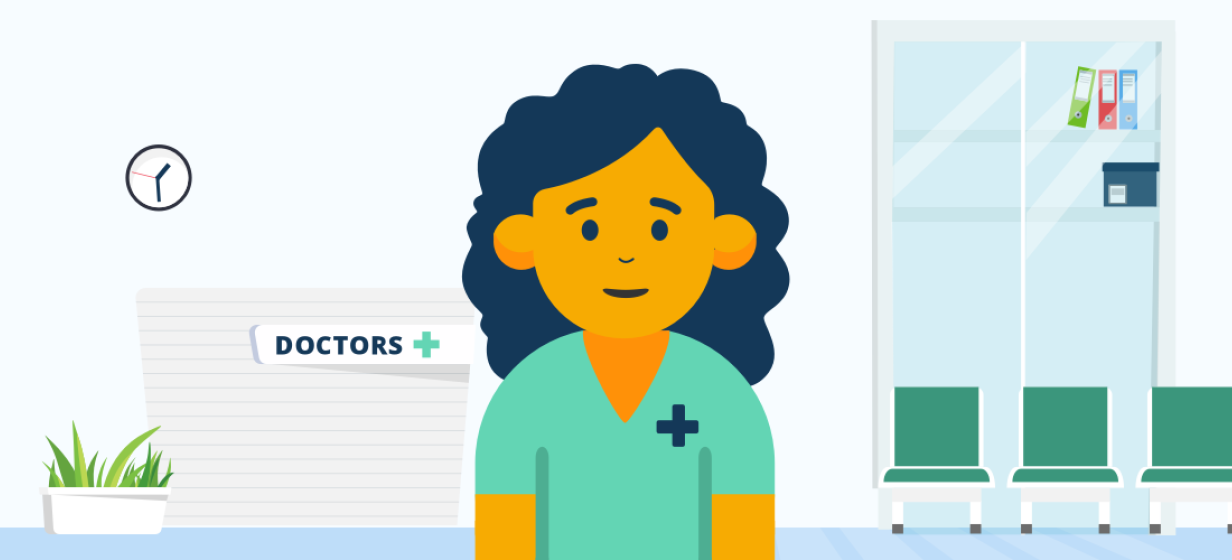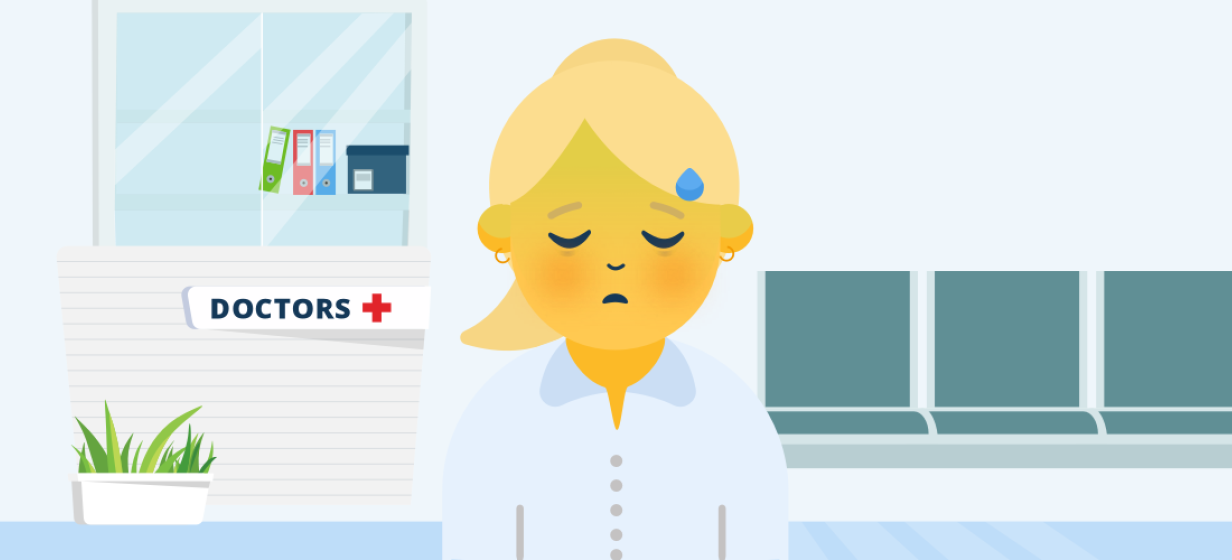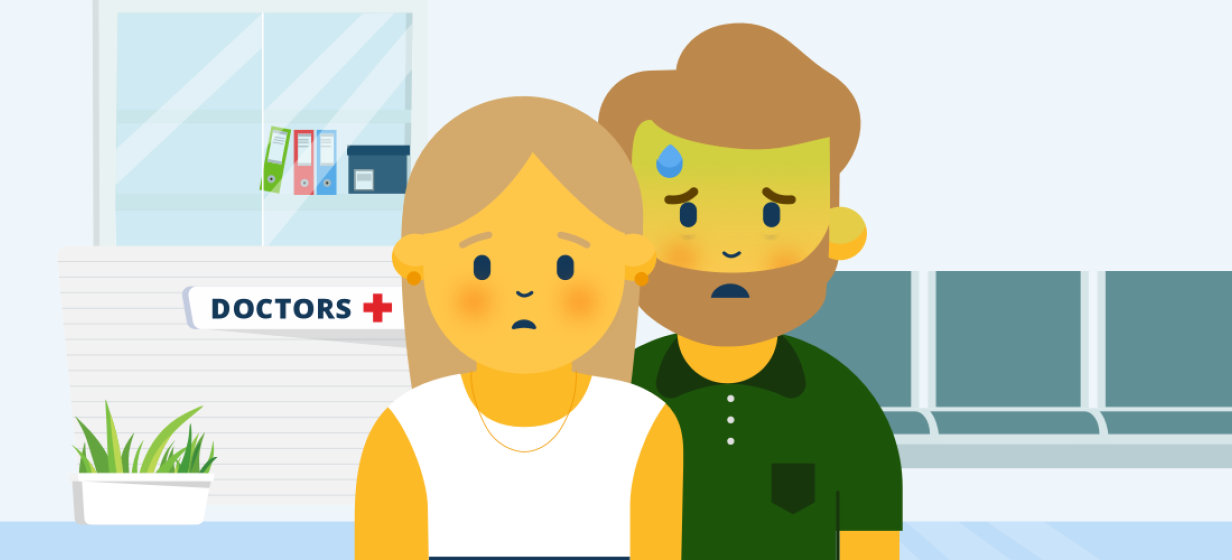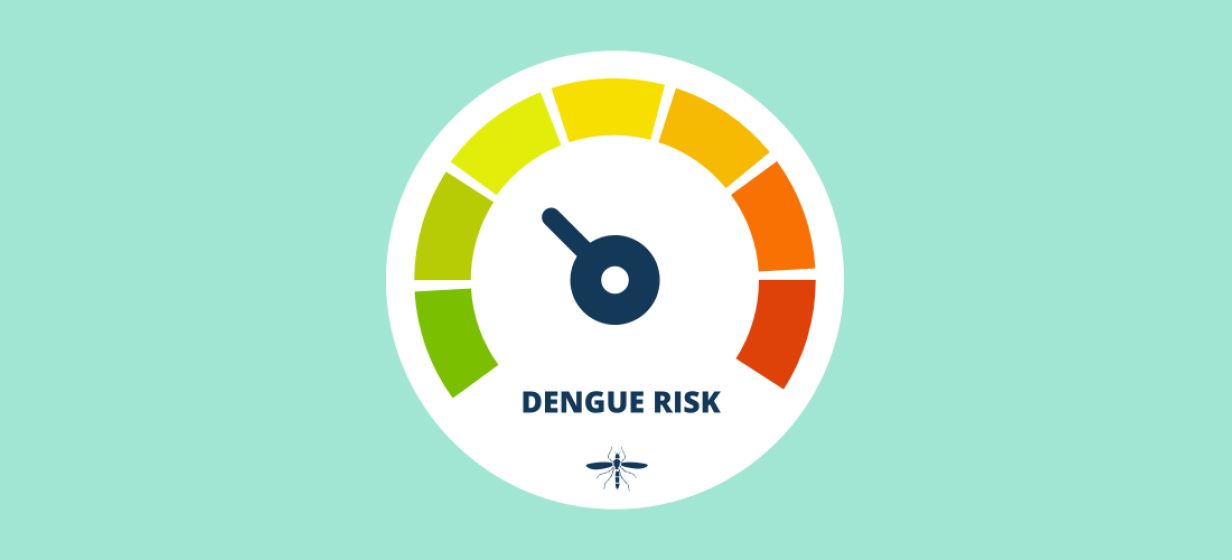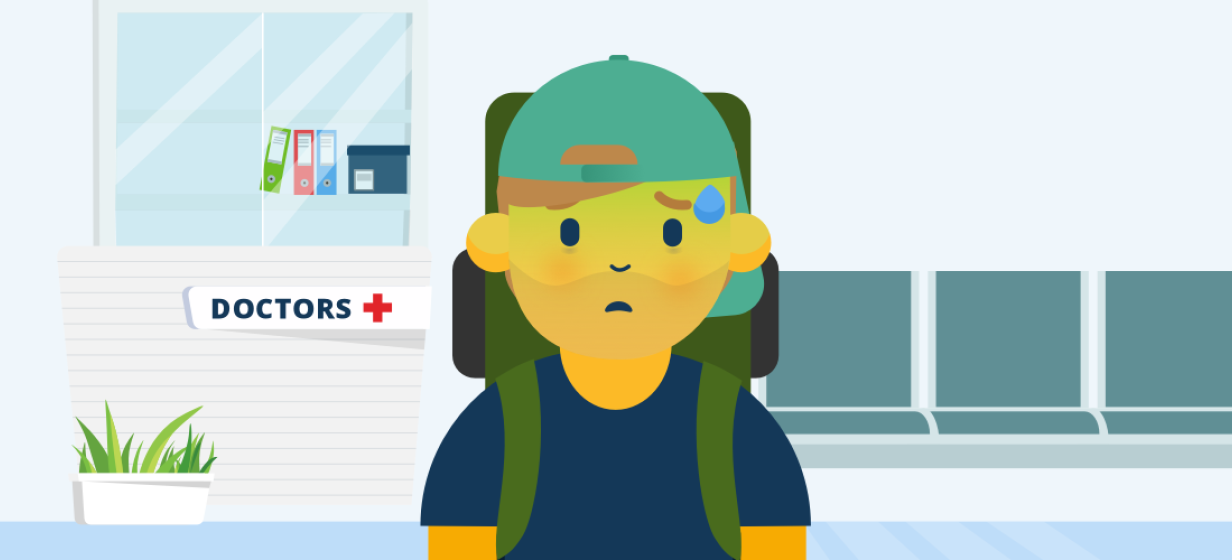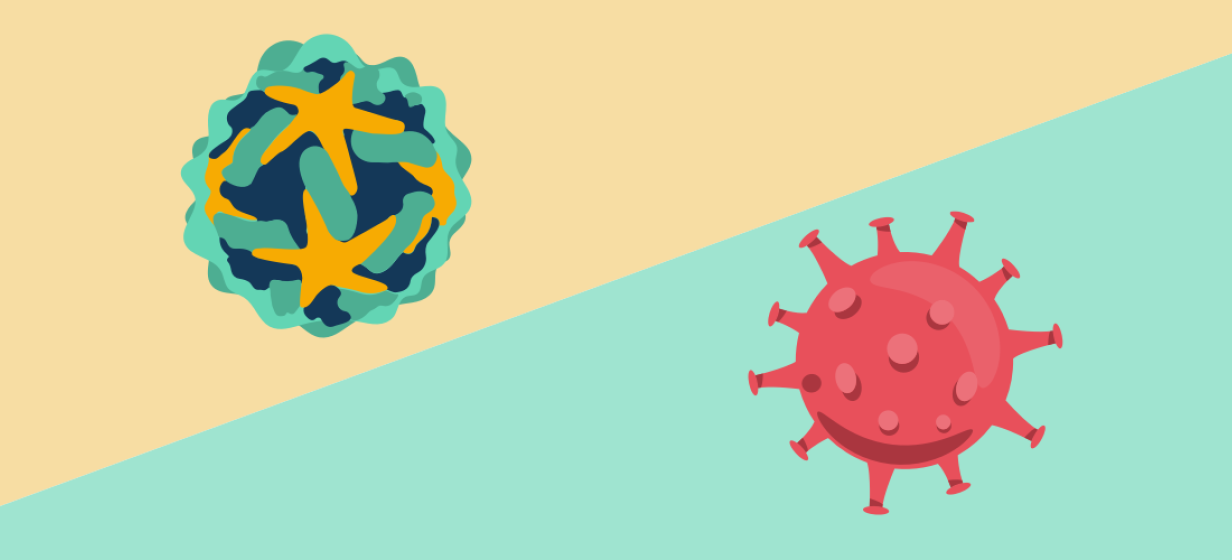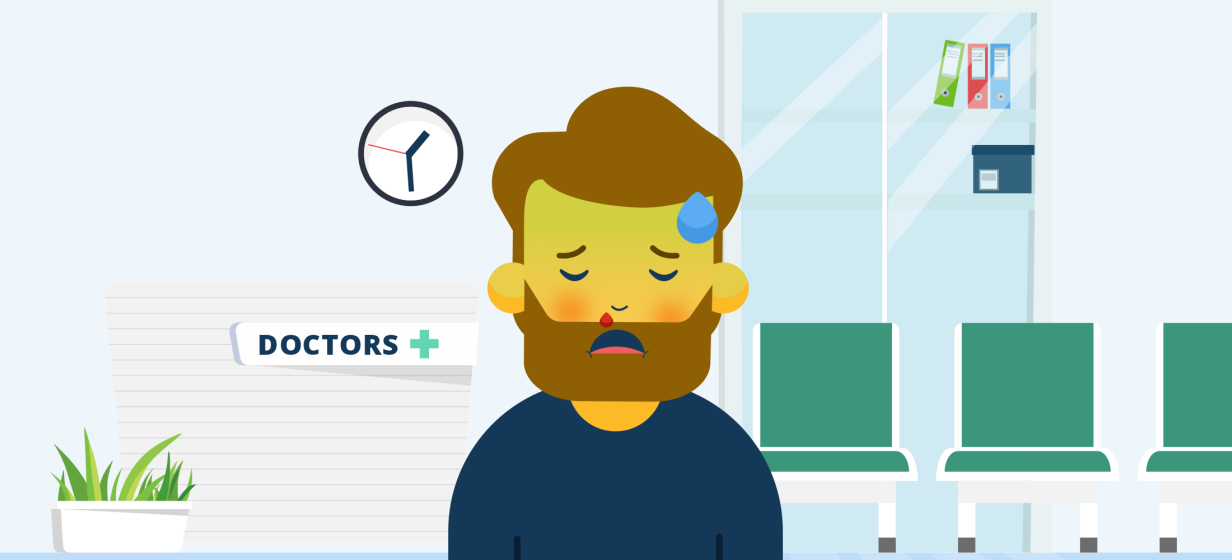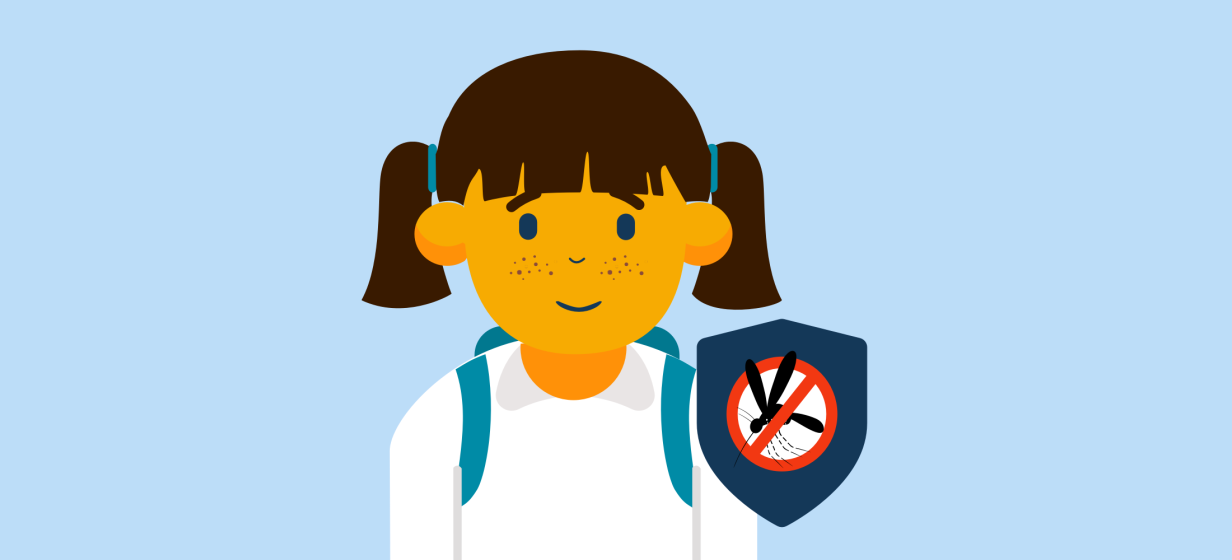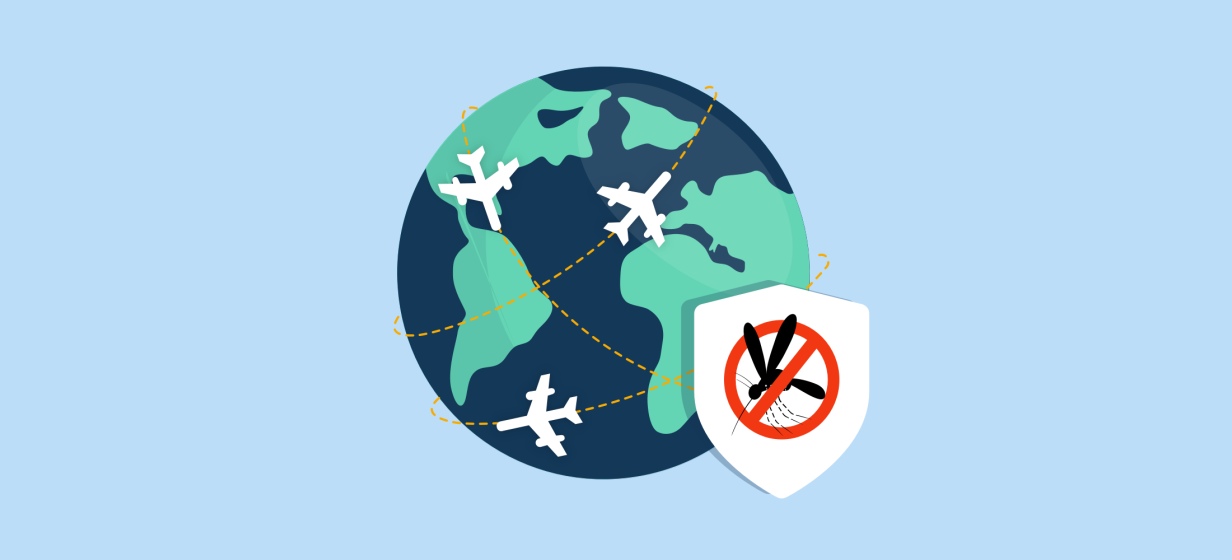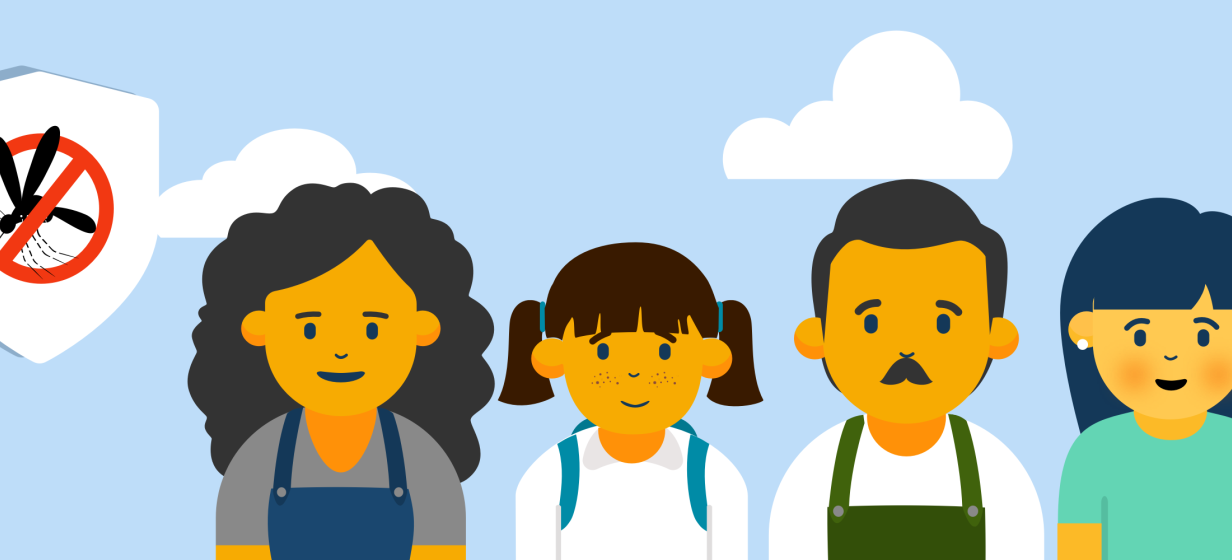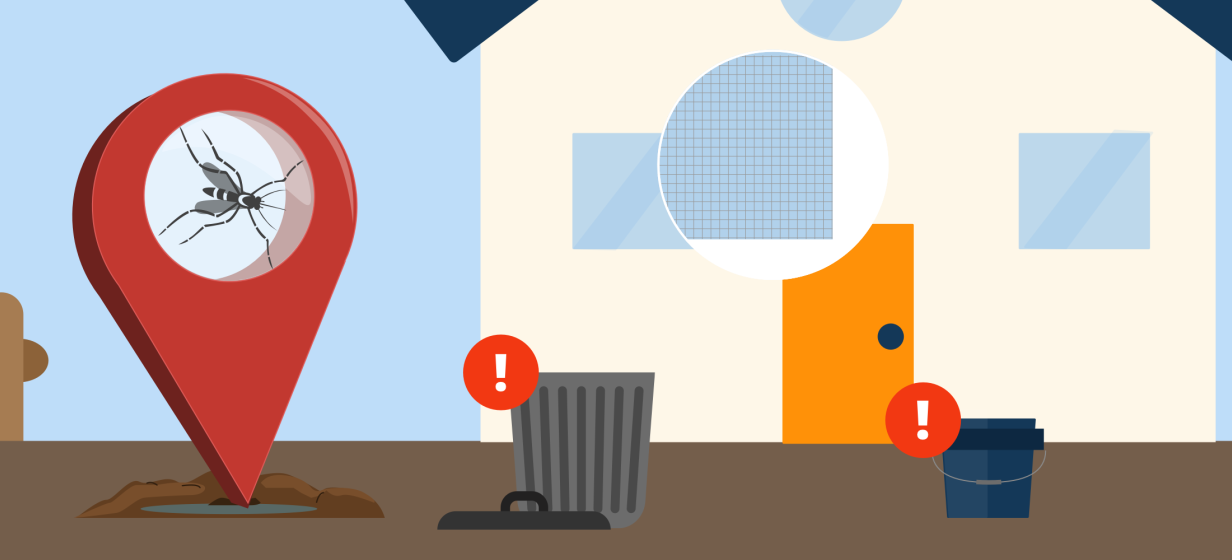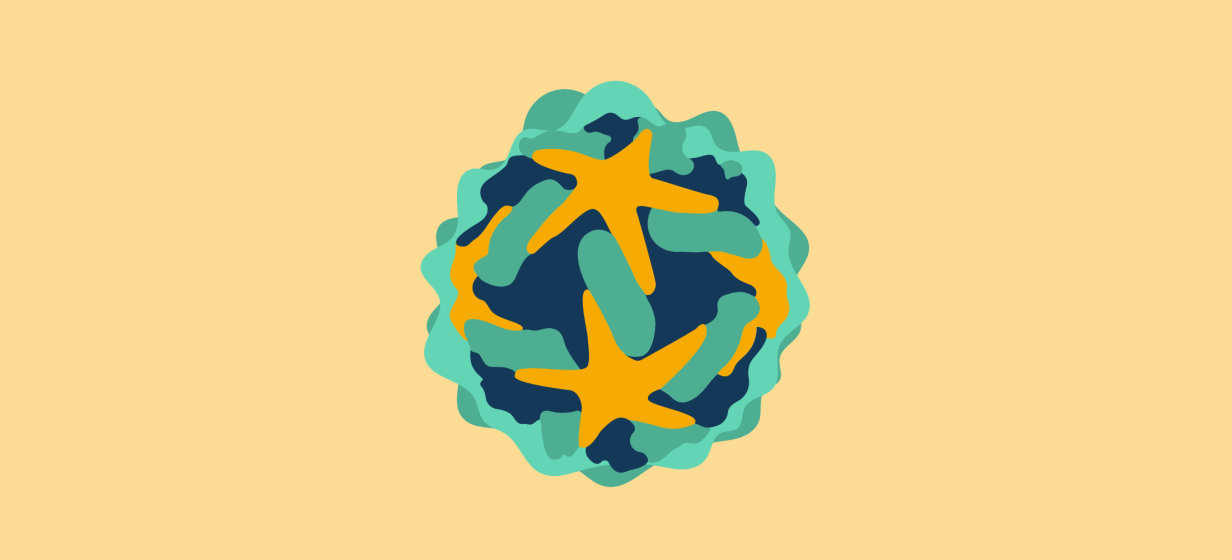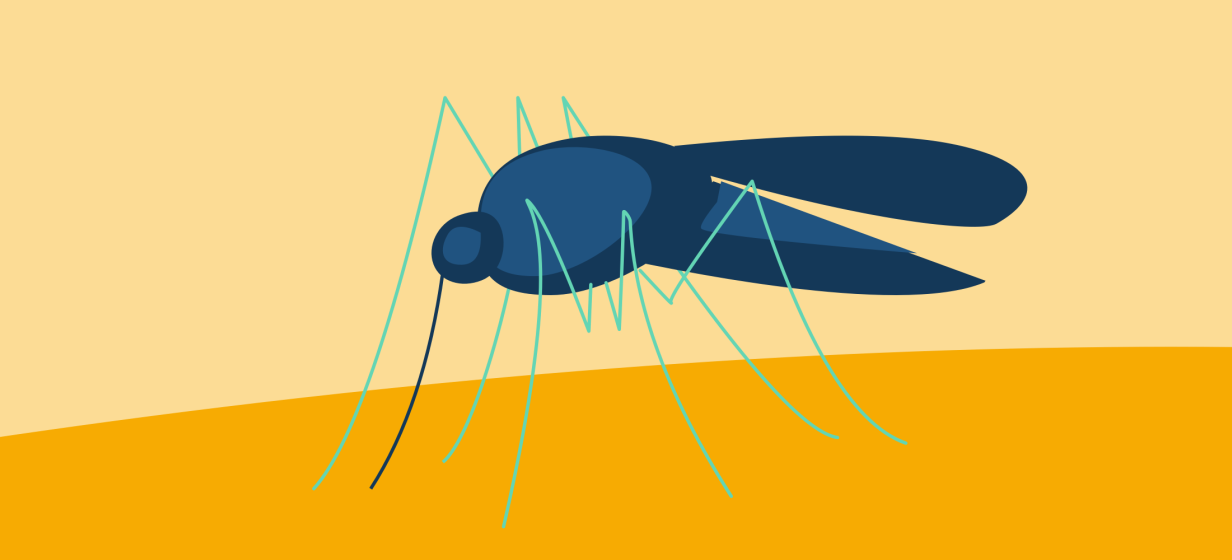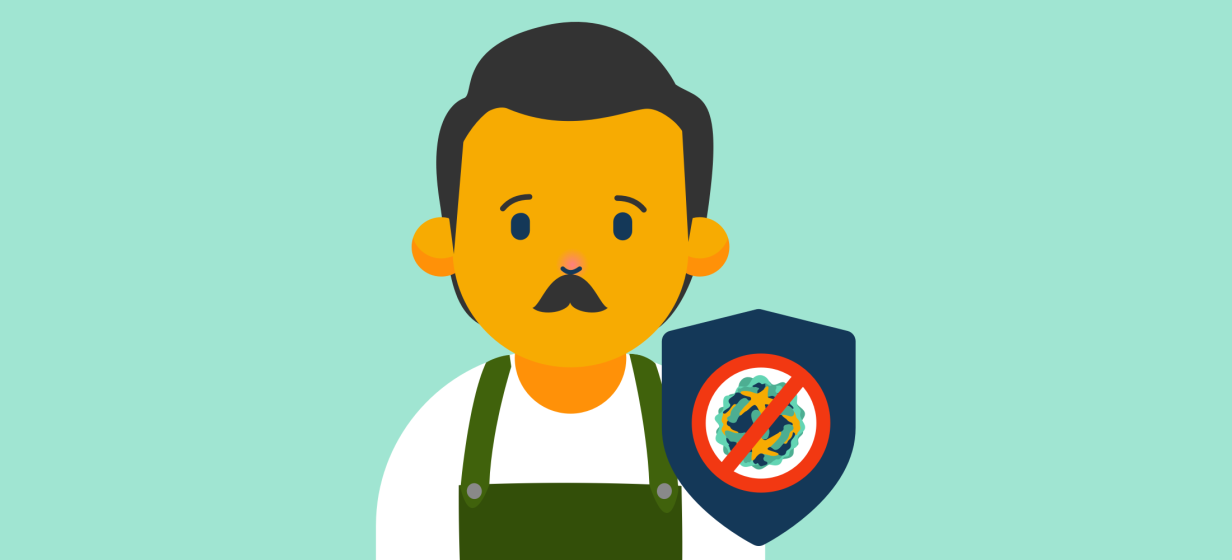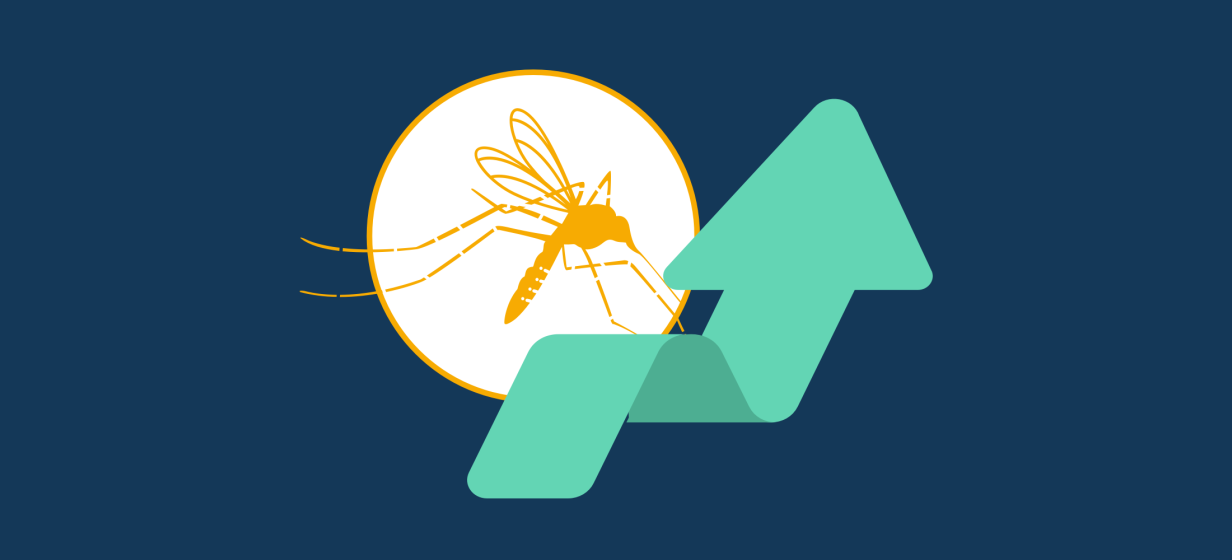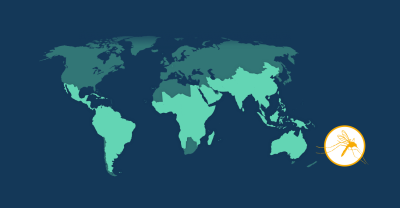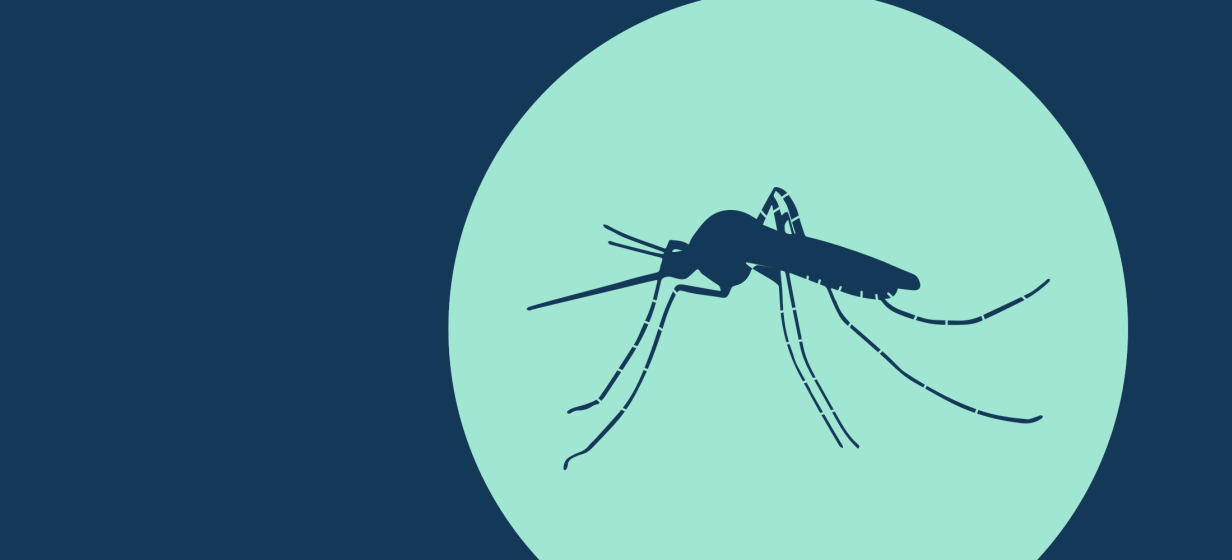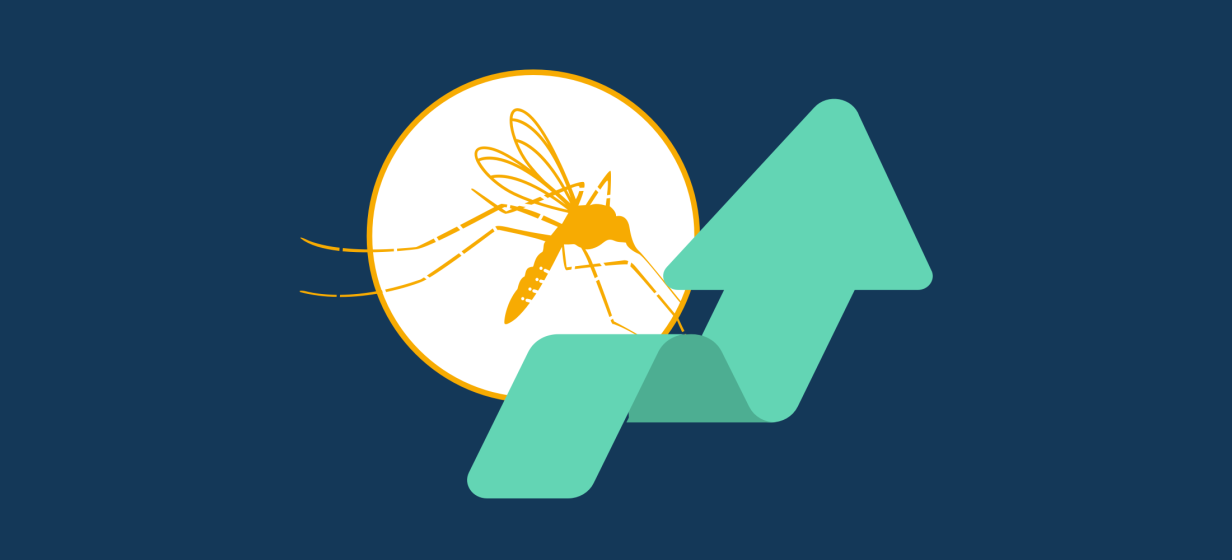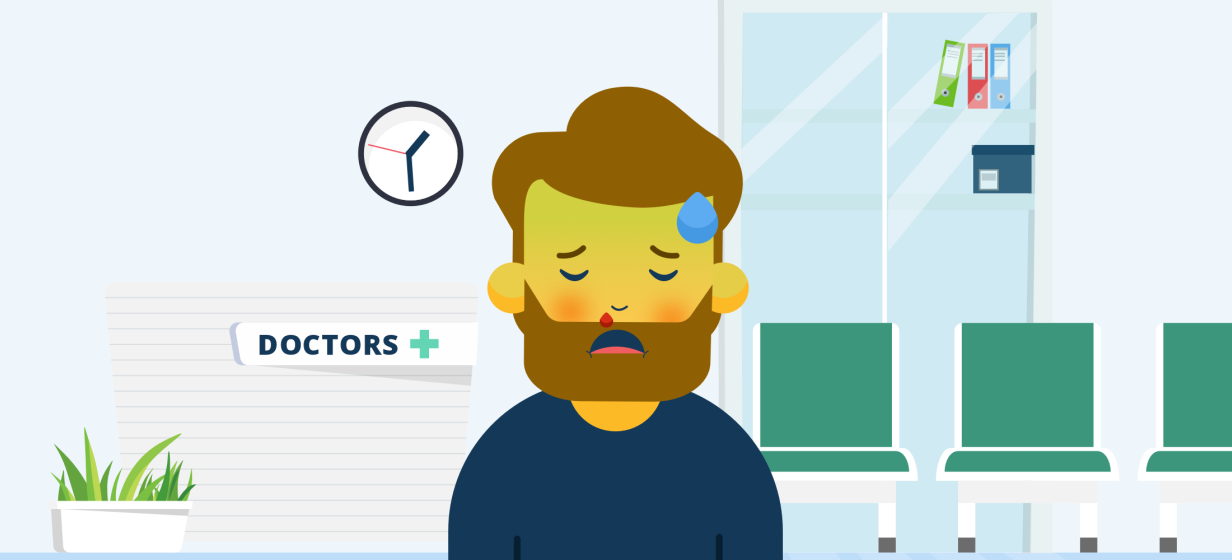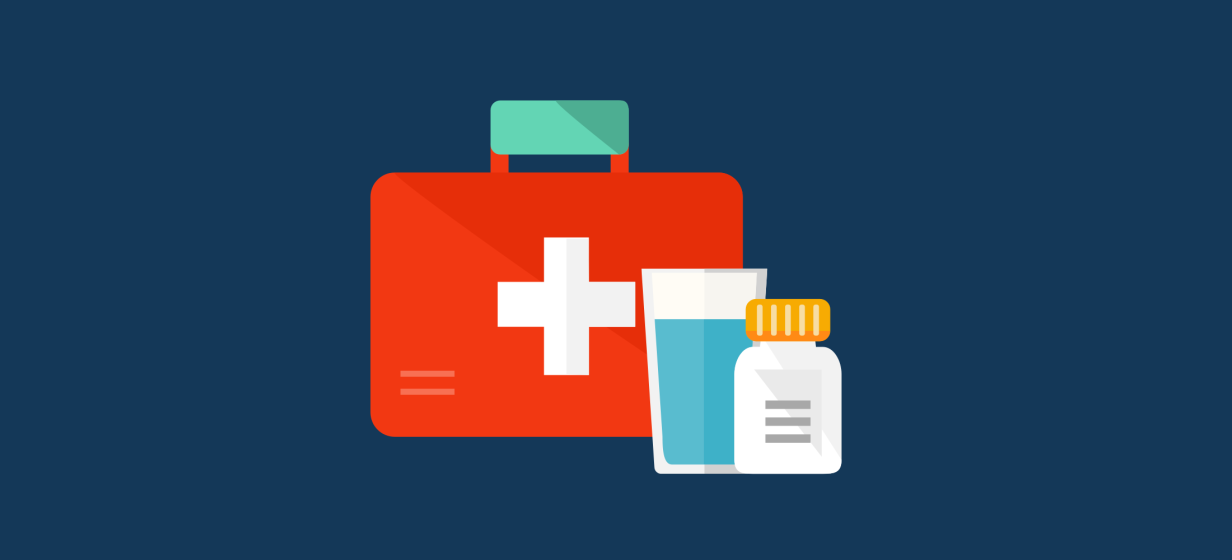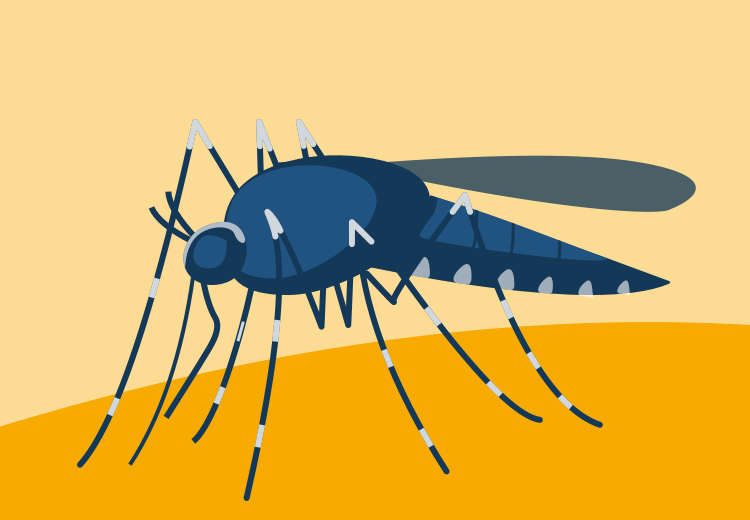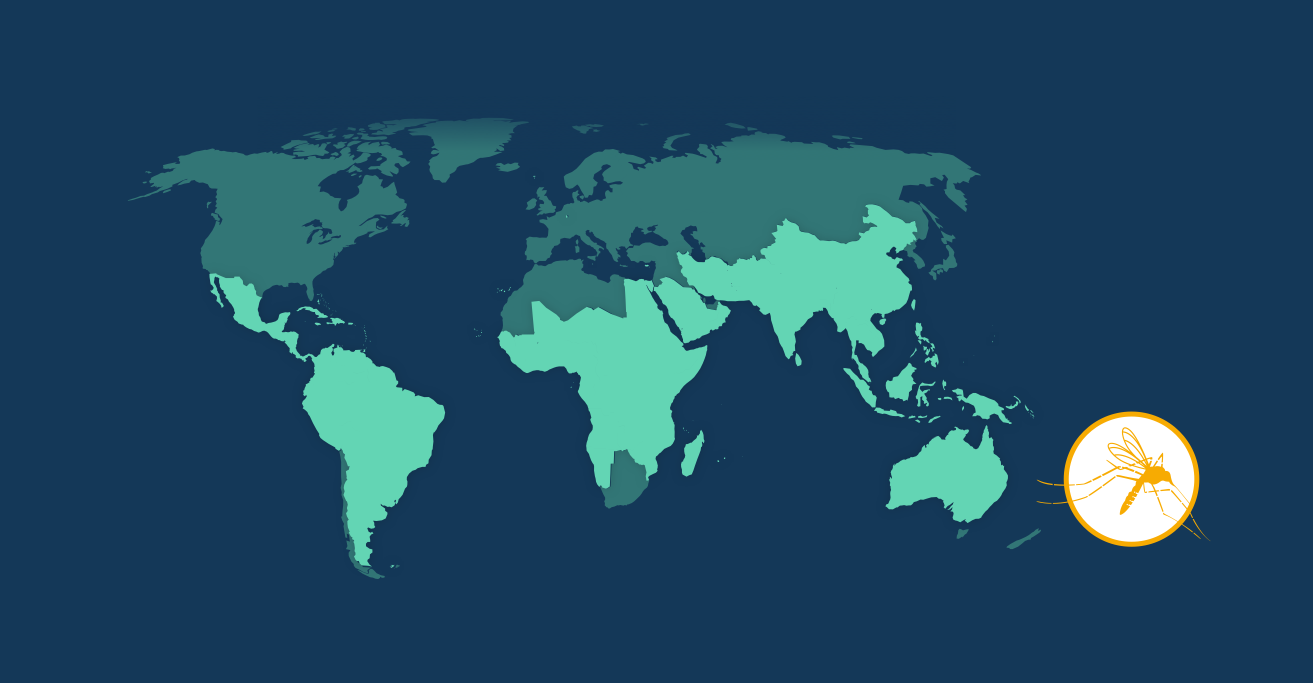Rolling the dengue dice
In areas affected by dengue, getting bitten by an infected mosquito is a gamble. Although the itchy red bumps associated with mosquito bites can be uncomfortable, they can also be a sign of more serious consequences to come.4
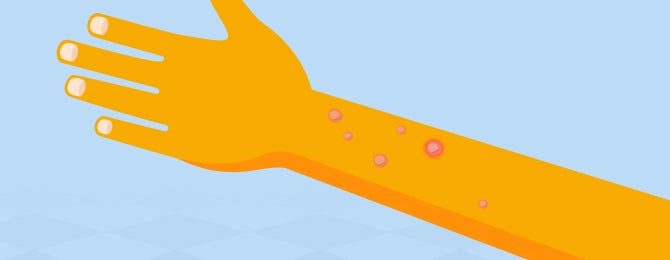
The itchy bump is caused by the mosquito’s saliva as it is injected under your skin.2 However, the real danger comes from something else that can live inside the mosquito: the dengue virus. This virus lives inside the infected mosquito’s gut, and can be transferred to you through its saliva during feeding. That means, by the time you have noticed the bite, it is too late to prevent infection.3,4
According to The WHO, an estimated 3.9 billion people are at risk of dengue infection right now, in over 125 countries worldwide.4 In some of these endemic areas, around 1 in 20 mosquitoes have been found to carry the dengue virus,5-7 and in some high-risk regions the number could be as high as 1 in 6.8-10 And just one bite from a dengue-carrying mosquito could be enough to transmit the virus to you.11 Therefore, anyone who lives in or travels to a dengue-endemic region is at risk of a dengue infection,1 and it is important to take precautions to avoid mosquito bites in these areas.4
How long after I am bitten could symptoms start?
Not everyone who is bitten by a mosquito will be infected. And not everyone who is infected with the dengue virus will get sick.4 In fact, the majority of dengue cases are asymptomatic or show mild symptoms. For those who do develop symptoms, they usually appear after 4-10 days after being bitten – so you may not know whether you have been infected for more than a week.

Symptoms can vary greatly, ranging from mild, undifferentiated fever to flu-like symptoms and joint and muscle pains. Although uncommon, severe cases can lead to organ impairment and/or plasma leakage, which may lead to serious complications up to death.4
If you are worried about dengue or have healthcare-related questions, please contact your doctor or other healthcare professional promptly.

















